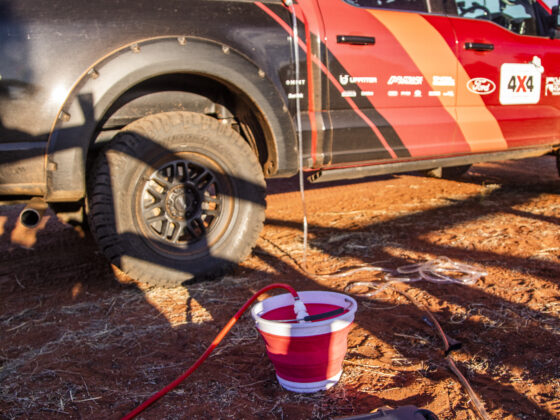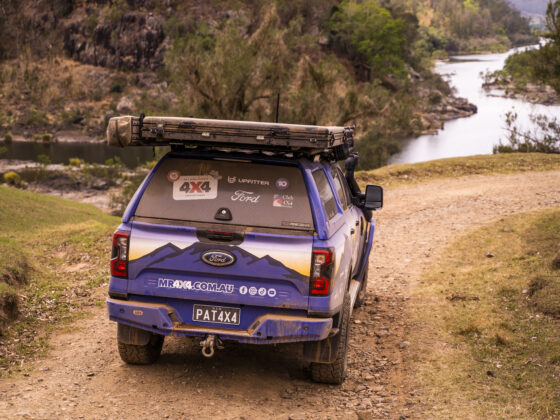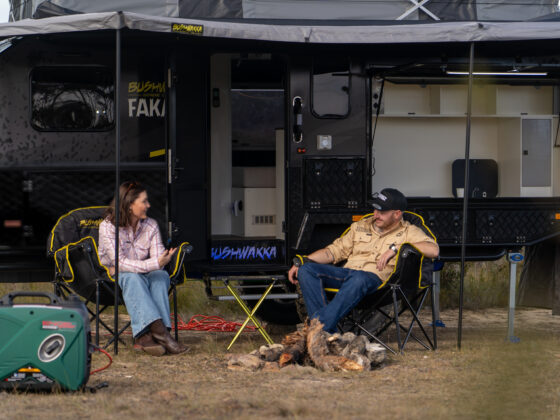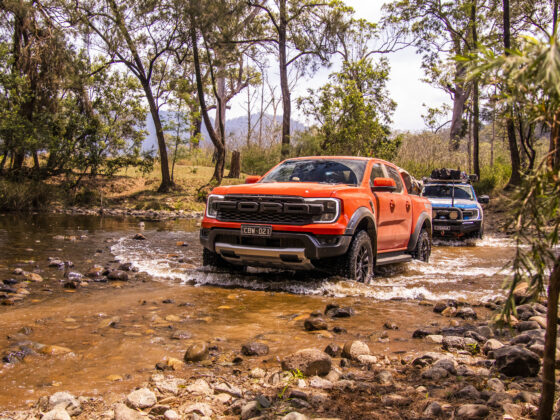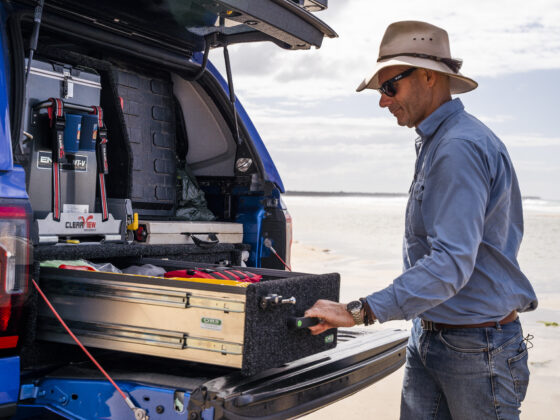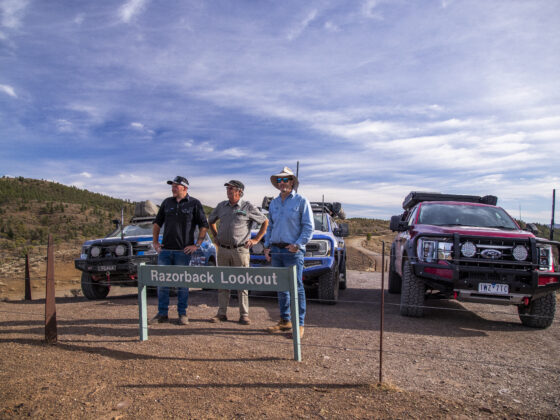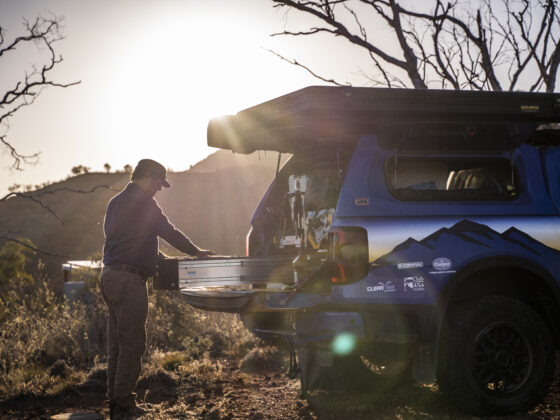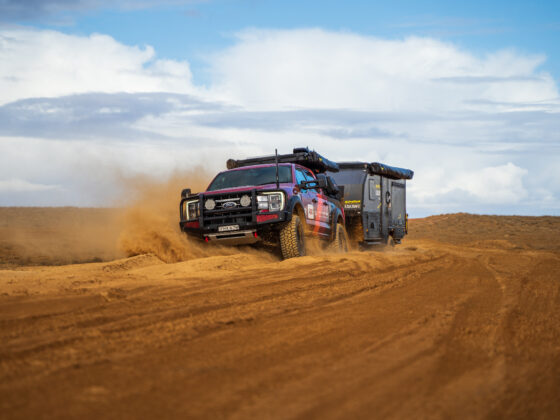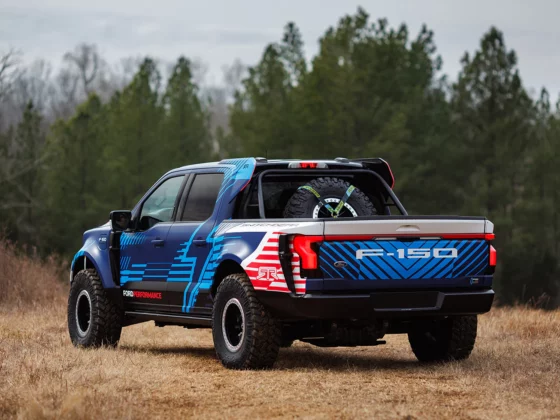For the last 100 years or so the powertrains motoring us down the tracks haven’t changed a great deal. Sure, they’ve gotten more complex, but the same basic things are happening whether you’re cruising into camp in a Model T or a twin-turbo V6 Ranger Raptor. Fuel and air makes its way into a chamber, it’s combusted, pushes a piston down, spins a crank, goes through some sort of gearing arrangement to make the power usable, turns a diff, drives a wheel. You can look at a supercar and a flathead V8 and see the same basic principles. But things are rapidly changing. With the push for electric vehicles that paradigm has shifted so dramatically someone from 2004 could barely recognise the propulsion systems in an all-electric F-150 Lightning. But are hybrids much simpler? They promise to be the perfect middle ground between old and new, proven technology and the stuff of the future. But how do they actually work? We take a closer look at this often understood technology and do a deep dive to see its viability in a 4X4 landscape. WHERE’S THE MOTOR? When it comes to talking hybrid drivetrains the actual ‘how’ can be far more confusing than the ‘what’. Like any new technology there’s a whole host of different manufacturers trying to get a jump…
You May Also Like
This category can only be viewed by members. To view this category, sign up by purchasing MR4X4 Subscription - Monthly, MR4X4 Subscription - Annual or Club 4X4 Policyholder Subscription (Normally $39, $19 with Code).



